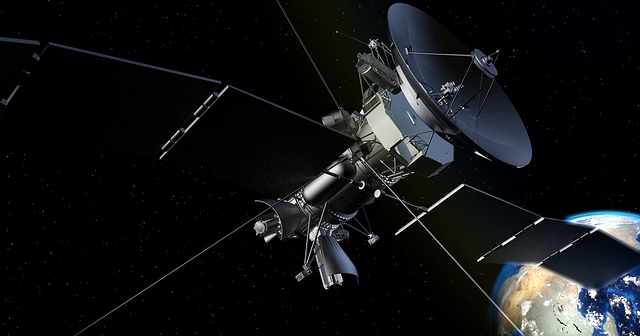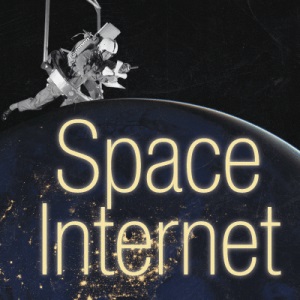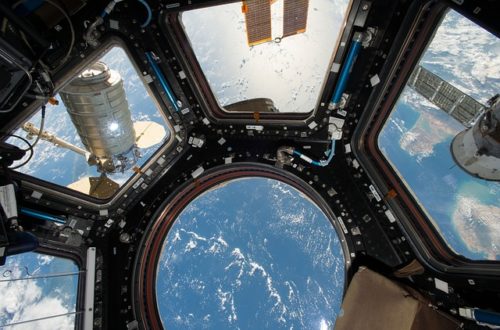Delayed Launch: Heinrich Hertz Satellite to Launch in 2021

The German Aerospace Center (DLR) officially signed a contract with OHB Systems to develop and launch the Heinrich Hertz Satellite on June 28. It’s currently expected to be completed and ready for takeoff in 2021, after costing Germans approximately €310.5 million ($362.2 million).
This is the second contract for the spacecraft, and it’s certainly the more expensive one. A previous contract for €11 million had set the craft to launch in 2016. Since that benchmark passed, changes were made to the program and the timeline was updated. Most of the delay came from a core change in the original mission assignment, protests against the manufacturer of the satellite and continual debates around which manufacturer the government should use.
Heinrich Hertz Goals
The OHB might have some kinks to work out, but the Heinrich Hertz satellite is an impressive endeavor. It will launch on the Small Geostationary Satellite (SmallGEO) platform, a new platform capable of working on a huge variety of missions. It has a broad range of frequency bands that gives a new flexible, modular design. This could potentially lower the cost of entry for many satellite launches in the EU, incorporating everything from military to television.
The satellite itself will be the central lab for about 20 separate experiments to be carried out, most of which are focused on communication services. It will essentially be the first “smart” satellite in orbit, enabling it to receive frequent updates — similar to the apps on your smartphone. Heinrich Hertz is the first kind of satellite with this regenerative technology. Other satellites are typically considered transparent technology, which means they can pass the information along but are limited in their ability to be updated.
As the speed of technology continues to increase, the benefits of regenerative technology aboard a satellite are evident. It will be able to change and adapt to new advances on the ground without having to be physically updated.
The other reason this is such a big deal has to do with electromagnetic interference (EMI). By combining the equipment being used for communications, the Heinrich Hertz may be able to help limit EMI. What’s important is that the various instruments onboard the satellite don’t interfere with each other. To make sure this doesn’t happen, it has to pass some of the most stringent EMI tests. This also lets astronomers know what kind of interference they can expect from the satellite and can help limit physical damage from the environment. But these technological advances didn’t come easily.
Corporate vs. Public
For the past several years, the German Parliament has debated the process for expanding their space research. This satellite has been a key component of the discussion since it has centered on who will do the research. Parliament’s decision to stick with OHB Systems reflects their decision to keep the space program in the hands of the government, and refusal to outsource satellite telecommunications to the private sector.
Currently, OHB is the primary contractor for the European Space Agency, which gives it an enormous amount of power. Despite that, it still missed its projected revenue mark for 2016 by €22 million. In reality, this wasn’t that bad. It almost matched its income from 2015, and the majority of the loss can from supply-chain issues. They appear confident that these matters will be resolved, as they have raised the bar even higher for next year, with projected revenue of €800 million.
Even with the renewed contract, OHB has reason to be nervous. The European Space Agency found failures in 10 atomic clocks already launched. None of these caused any of the satellites to become disabled since each satellite uses four atomic clocks. However, the failures did cast significant doubt on OHB’s ability to complete the rest of the missions in a timely fashion.
Since they’ve had a bit of uncertainty, OHB appears more committed than ever to make sure their programs work. Hopefully, the first-ever smart satellite will usher in a new era of satellites. For now, we have nothing to do but wait.
Would you like to receive similar articles by email?





